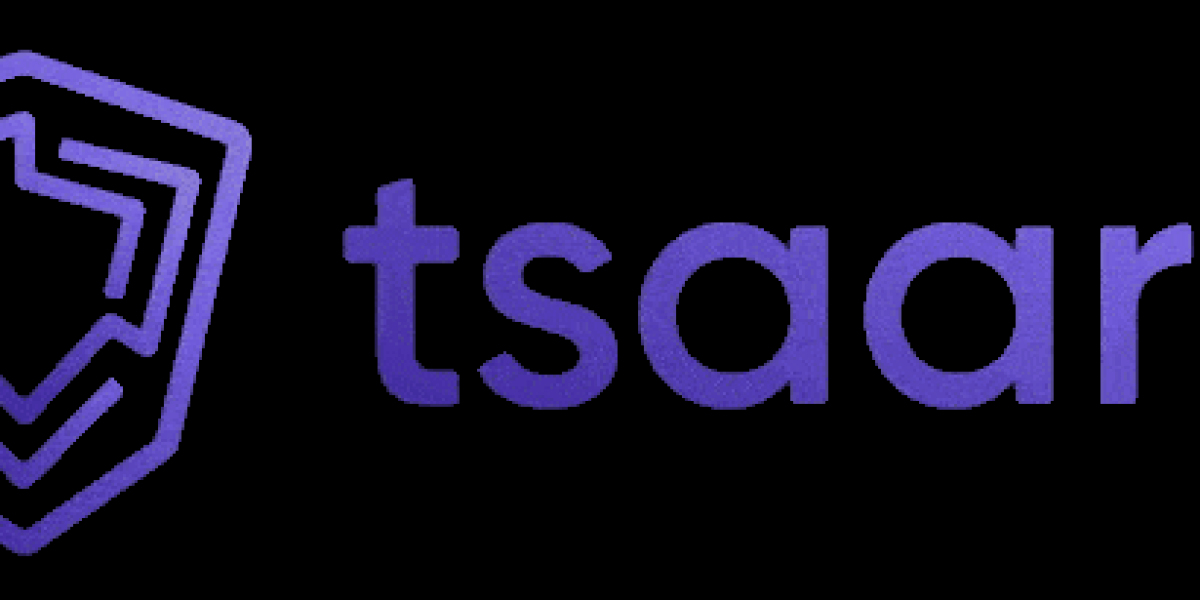Tsaaros Approach towardsPrivacy Risk Management
It is essential for businesses to meet the privacy needs of the sensitive data they have, which is the very lifeblood of their company, given the developments in privacy law and the rising demand and probability of a globally applicable privacy regulation.
We are aware of the value and significance of your data.
Given that each organization has different privacy requirements, our experts are skilled at detecting the dangers that each organizational data draws and the actions required in privacy risk management.
We take a risk-based, organized, and practical approach to managing information and protecting privacy.Our main goal at Tsaaro is to make the evaluation and impact of current and potential hazards clear and simple for you to understand.
What is Privacy Risk?
The potential that people will encounter issues as a result of data processing and the consequences of these issues, should they arise, constitute privacy risk. Technical precautions that are inadequate include, but are not limited to, social media attacks, mobile malware, third-party access, carelessness brought on by wrong configuration, out-of-date security software, social engineering, and a lack of encryption.
It is crucial to manage and administer data effectively because privacy risks might arise at any point in the data life cycle. Several privacy as well as data risk management procedures can be applied throughout the data life cycle. The first stage in ensuring data validation and data protection, monitoring and controlling data, and adhering to all relevant rules and regulations is to design a privacy risk management framework.
What is Privacy Risk Management?
An enterprises compliance with relevant laws and regulations, industry standards, and internal rules and processes is determined through a privacy risk assessment.
The process is concerned with identifying the type, extent, function, and circumstances of data processing and maintaining records of this activity.
Almost every company, no matter how little, has a website. It is frequently disregarded despite the vast amounts of personally identifiable information about customers it can store, the numerous dangers it faces on a daily basis, not to mention the possibility of data leaks that are only discovered much later.
A privacy risk assessment must be carried out, comprising procedures like risk identification, monitoring, mitigation, evaluation, and subsequent risk management, in order to keep them under control.
Using the four management domains as a focal point, it is a helpful tool for putting a data privacy risk management framework into practice.
The domains are as follows:
1. Align, Plan and Organize (APO)
2. Build, Acquire and Implement (BAI)
3. Deliver, Service and Support (DSS)
4. Monitor, Evaluate and Assess (MEA)
What are the advantages of Privacy Risk Management?
Monitoring risks becomes essential in spotting changes in risks repercussions, flaws, and threat potential as they evolve and develop quickly, assisting in the ongoing protection of personal data.
The direct assignment of domain-specific obligations and attributes to the relevant entity is made possible with the aid of privacy risk management.
We, at Tsaaro, by examining the risks determined in this way from the clients perspective, may tailor the privacy as well as data protection risk management process to their needs. We are skilled in our services and guarantee ongoing protection of your personal information by staying up to date on technical changes and the privacy threats they pose.
Click Here to Read More: Privacy Risk Management
Davies Parker
12 Blog posts









